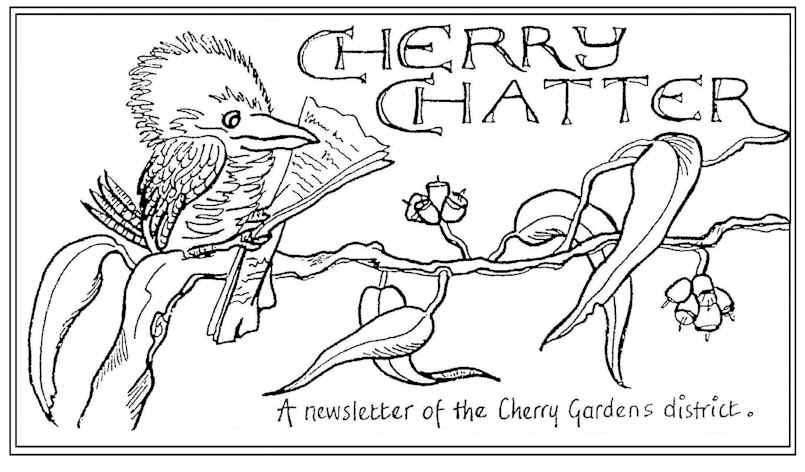Trees for Life
Native plant species likely key in halting bee decline
South Australian horticultural and agricultural producers are being urged to plant more native vegetation in a bid to protect the billion-dollar industry from pollination decline. Most crops produced in Australia rely on pollination from bees; however, our bee population is now under threat, mainly because they cannot find enough food in our increasingly cleared landscapes.
Under a multi-million-dollar four-year research project managed by AgriFutures Australia, ‘Securing Pollination for More Productive Agriculture: Guidelines for effective pollinator management and stakeholder adoption’, Trees For Life is working with University of Adelaide researchers to find out what native plants work best for pollinators of different crops and how they can be planted to help increase yields.
Crops such as Lucerne, almonds, apples and cherries rely on insects to pollinate their flowers to produce seeds, nuts or fruit. Canola yield and quality can also be improved with good pollination services. “Like humans, bees need a varied diet, so, in the case of bees, pollen and nectar from a range of flowers. Crops provide one source of nutrition and when they finish flowering, there is often very little alternative food for pollinators present in the landscape. We are looking to improve the landscape to secure pollinator populations and their crop pollination services long-term,” Dr Hogendoorn says.
This is the first such project in Australia - expected to be a win-win for both producers and our environment, with greater yields through improved pollination and increased biodiversity through revegetation with native plants.
Researchers from the University of Adelaide are mapping the activity of honeybees and native pollinators in crops, areas of revegetation and native vegetation around different crops in South Australia. Two initial regions are Yorke Peninsula for canola and Keith for lucerne. As well as boosting honey bee colonies and improving native vegetation, it is hoped the project could also help future proof against disease and pests like Varroa.
Trees For Life’s Tree Scheme Program
Trees For Life is one of South Australia’s leading environmental organisations and is committed to helping local primary producers get the best out of their crops, stock and land through revegetation using native species. Each year between May and August the organisation offers native species for 42 different zones throughout the State, ensuring indigenous seedlings are specifically suited to the different regions. The species include trees, shrubs, grasses and groundcovers - many of which are recommended to attract pollinators.
These include: Christmas Bush (Bursaria spinosa), Native Scurf-pea (Cullen australasicum), Erect Hakea (Hakea carinata), River Bottle-brush (Callistemon sieberi), Silver Banksia (Banksia marginata), Narrow-leaved Mallee (Eucalyptus leptophylla), Pink gum (Eucalyptus fasciculosa), and Melaleuca Acuminata (Mallee Honey-Myrtle).
Landholders can now order bulk native seedlings through Trees For Life’s Tree Scheme Program at highly subsidised rates. For a species list specific to your zone, or more information, visit treesforlife.org.au or phone (08) 8406 0500.


